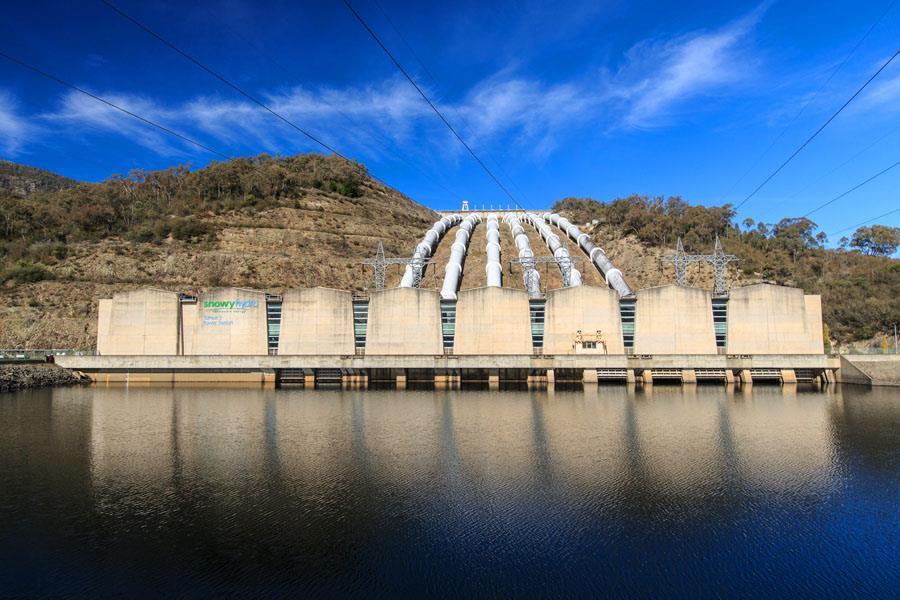A gas code of conduct will enforce fair prices and support the power supply as energy ministers back more resources for electricity grid connections.
But the Energy Security Board of top officials will be scrapped from July 1 and replaced with a new fit-for-purpose body, ministers announced on May 19 after meeting in Alice Springs.





